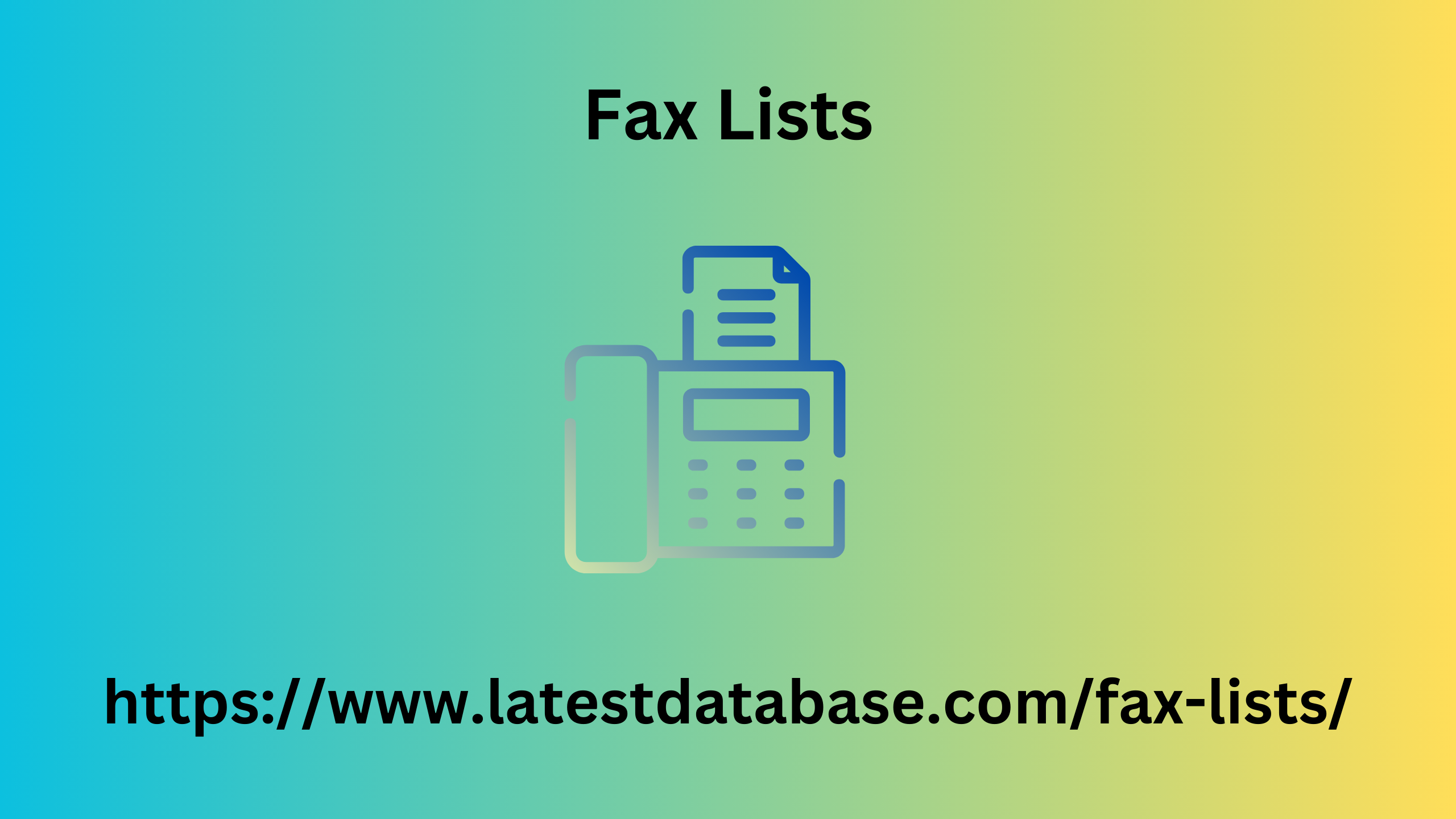Post by account_disabled on Jan 25, 2024 9:24:58 GMT
We continue to talk about the reasons for the differences in data on calls in call tracking and other systems. In the previous article, we described common reasons that influence the discrepancy in the number of calls. This time we will take a closer look at Google Analytics. Reading time: 9 minutes Session in Google Analytics Event-level discrepancies Goal-level discrepancies Summary Let's imagine a standard situation. The website or landing page caught the user's attention. A person came from an advertisement, saw a replacement number and called. Call tracking displayed this call in the call log, pulling up detailed data about the source of the call. This process is described in more detail in the article “What is call tracking” .
If call tracking Fax Lists is integrated with Google Analytics, as is the case with Ringostat , then call data is then transferred to this analytical system. But there we will see a completely different picture, for example: call tracking discrepancy google analytics ringostat On the left are the familiar call tracking statuses, only in English, and the phone number. But additional parameters are added on the right - event and unique event . Moreover, their number for the same number may differ. What does this difference mean and why do call statistics change so much when they get into the web analytics system? The thing is that call tracking and Google Analytics perceive calls differently.

Because the web analytics system does not consider them calls as such, but events or goals to which the corresponding rules apply. Therefore, to understand where the discrepancies in statistics come from, let's start with the basic concepts of Google Analytics. Session in Google Analytics A session is a sequence of user interactions with a website over a certain period of time. A new session can only start if the old one has already ended: after half an hour, if the visitor did nothing on the site; at midnight; if a user clicked on an ad from one campaign, exited, and then entered an ad from another. There are also conditions under which Google Analytics begins to count a visit not as a new session, but as a continuation of the next one.
If call tracking Fax Lists is integrated with Google Analytics, as is the case with Ringostat , then call data is then transferred to this analytical system. But there we will see a completely different picture, for example: call tracking discrepancy google analytics ringostat On the left are the familiar call tracking statuses, only in English, and the phone number. But additional parameters are added on the right - event and unique event . Moreover, their number for the same number may differ. What does this difference mean and why do call statistics change so much when they get into the web analytics system? The thing is that call tracking and Google Analytics perceive calls differently.

Because the web analytics system does not consider them calls as such, but events or goals to which the corresponding rules apply. Therefore, to understand where the discrepancies in statistics come from, let's start with the basic concepts of Google Analytics. Session in Google Analytics A session is a sequence of user interactions with a website over a certain period of time. A new session can only start if the old one has already ended: after half an hour, if the visitor did nothing on the site; at midnight; if a user clicked on an ad from one campaign, exited, and then entered an ad from another. There are also conditions under which Google Analytics begins to count a visit not as a new session, but as a continuation of the next one.
